High-Tech Architecture: Engineering on Display
High-Tech architecture wears its guts on the outside. You’ll spot pipes, steel skeletons, glass skins, and bold gadgets before you notice ornament. It’s less about hiding structure and more about celebrating engineering, materials, and systems as the building’s identity.
This style popped up in the late 20th century when architects started treating HVAC, elevators, and support systems as design elements. Think of buildings that look like machines — exposed trusses, visible ducts, and façades that act like solar shields. High-Tech isn’t cold; it’s honest, precise, and often surprisingly adaptable.
Key features that matter
If you want to recognize High-Tech architecture, look for these clear clues:
- Exposed structure: Steel frames, diagonal braces, and external trusses are on display rather than hidden behind walls. That makes the building read as a mechanical object.
- Visible services: Pipes, ducts, and lift shafts are often placed on the exterior. They become part of the facade and free up interior space.
- Lightweight materials: Glass, steel, and aluminum dominate. These materials allow large spans, lots of daylight, and a technical feel.
- Modular elements: Prefab components and repeatable modules keep construction efficient and often give a building a rhythmic pattern.
- Technology focus: High-performance glazing, sunshades, active ventilation, and smart controls are common. Many High-Tech buildings combine aesthetics with energy strategies.
How to spot and use High-Tech ideas
Want to borrow High-Tech ideas for a project or spot them when traveling? Start with the obvious: follow the pipes. If mechanical systems sit outside, you’re likely looking at High-Tech influence. Also check for exposed structural members and large glass surfaces with visible shading devices.
In practice, High-Tech approaches work well for offices, cultural buildings, and adaptive reuse projects. Exposing structure can simplify renovations and make it easier to update systems over time. For owners, that means lower long-term disruption when you refurbish heating or wiring.
Don’t assume High-Tech is purely industrial. Many architects mix its clarity with softer elements — wood accents, green terraces, or colored panels — to humanize the machine-like look. The result can be both high-performance and inviting.
Finally, think about sustainability. High-Tech architecture often pairs visible systems with measurable energy strategies: natural ventilation, daylighting, and adjustable façades. When done right, the tech you see is there to save energy, not just to look cool.
Curious where to start? Look up classic High-Tech icons in major cities, then notice newer buildings that borrow the same honesty without the gadget overload. You’ll spot a trend that’s practical, adaptable, and still evolving.
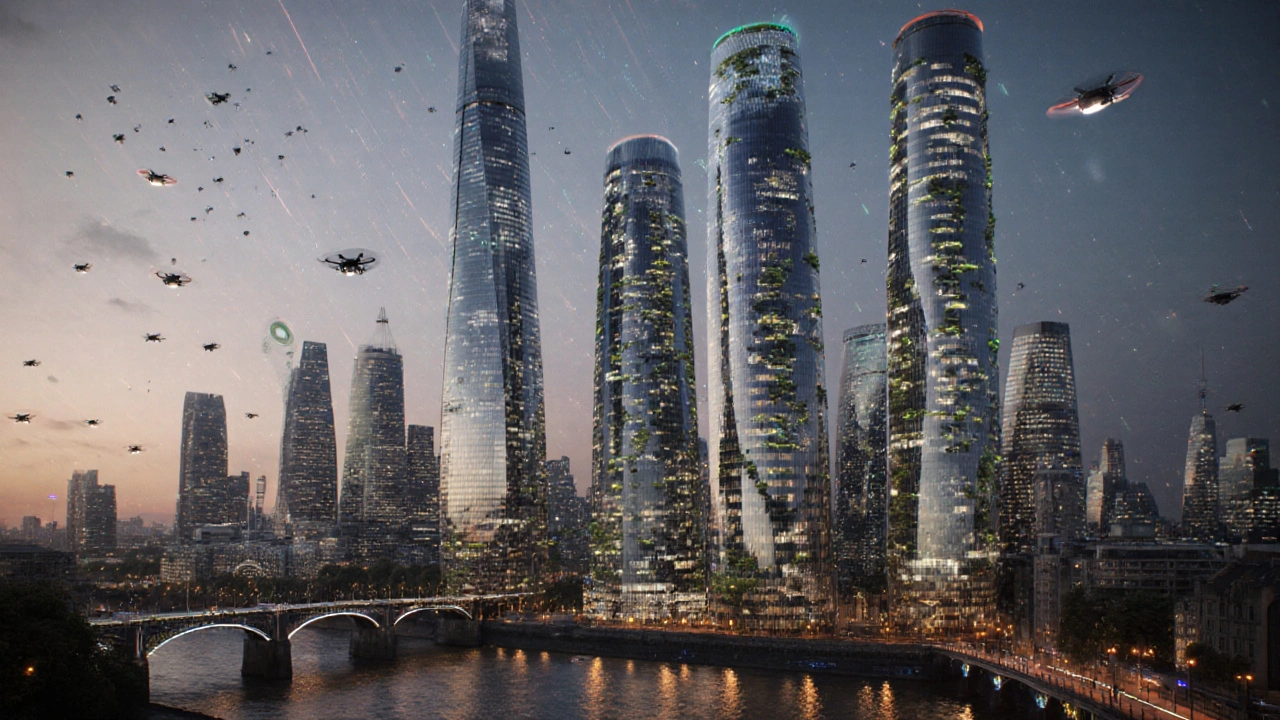
High-Tech Architecture: Shaping the Future of Sustainable Design
Explore how high‑tech architecture combines smart materials, IoT, and 3D printing to create ultra‑sustainable buildings and meet future climate goals.
Read more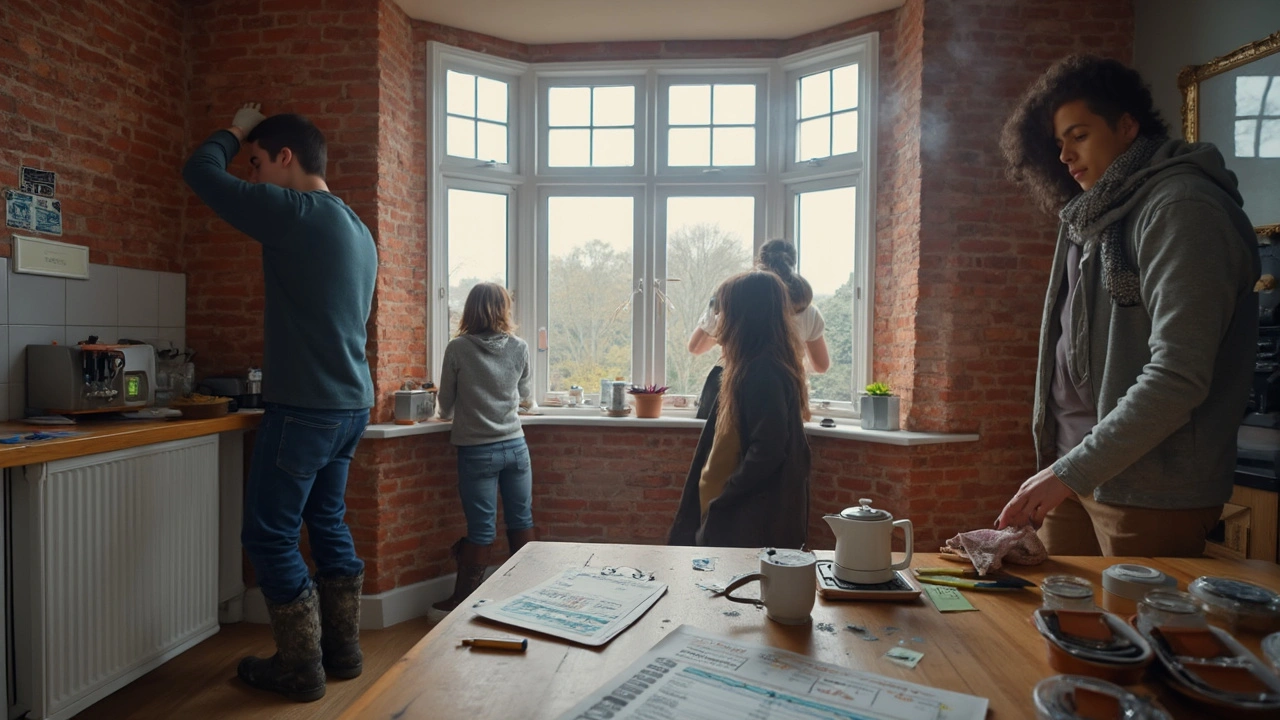
High-Tech Architecture: How Smart Design Is Transforming Homes in 2025
Not sci-fi-high-tech architecture is here. See what it means, what to buy first, real costs, energy savings, privacy risks, and a step-by-step plan you can actually use.
Read more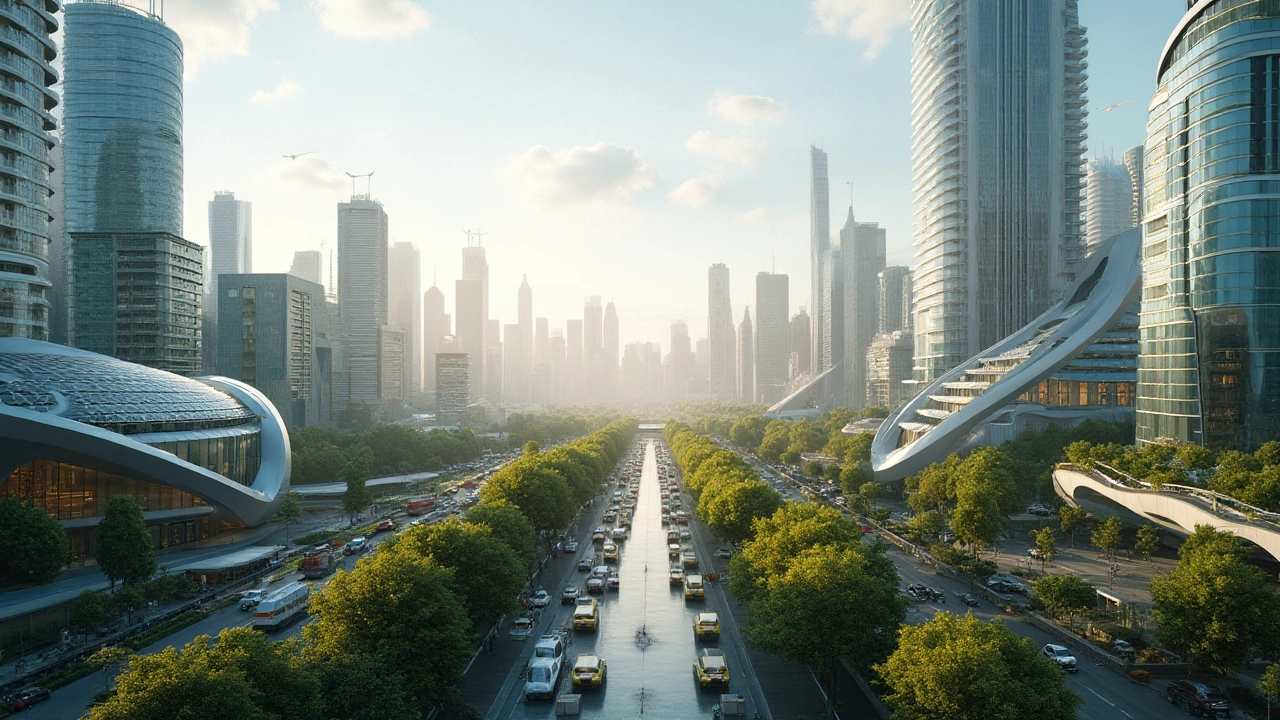
Revolutionizing Design: The Rise of High-Tech Architecture
High-tech architecture represents a transformative period in building design, where technology and structures merge to create innovative solutions for modern environments. This approach focuses on integrating cutting-edge materials and systems to enhance functionality and sustainability. Key principles include transparency, flexibility, and the use of lightweight materials, drastically changing how we perceive and interact with buildings. High-tech architecture not only reshapes our urban landscapes but also addresses environmental challenges by promoting energy efficiency and resilience.
Read more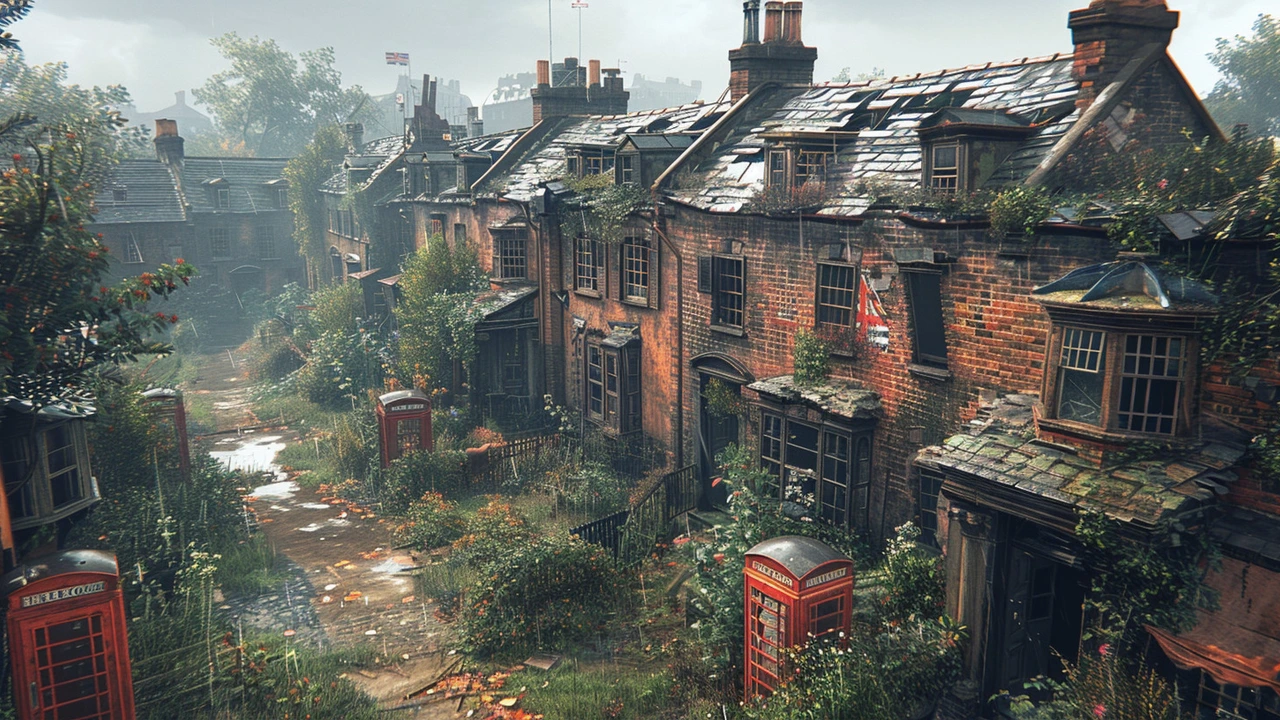
The Future of Urban Planning: Embracing High-Tech Architecture
High-tech architecture is revolutionizing urban planning by incorporating cutting-edge technology and sustainable practices. This approach combines smart design with modern technology to create efficient, adaptable, and environmentally friendly urban spaces.
Read more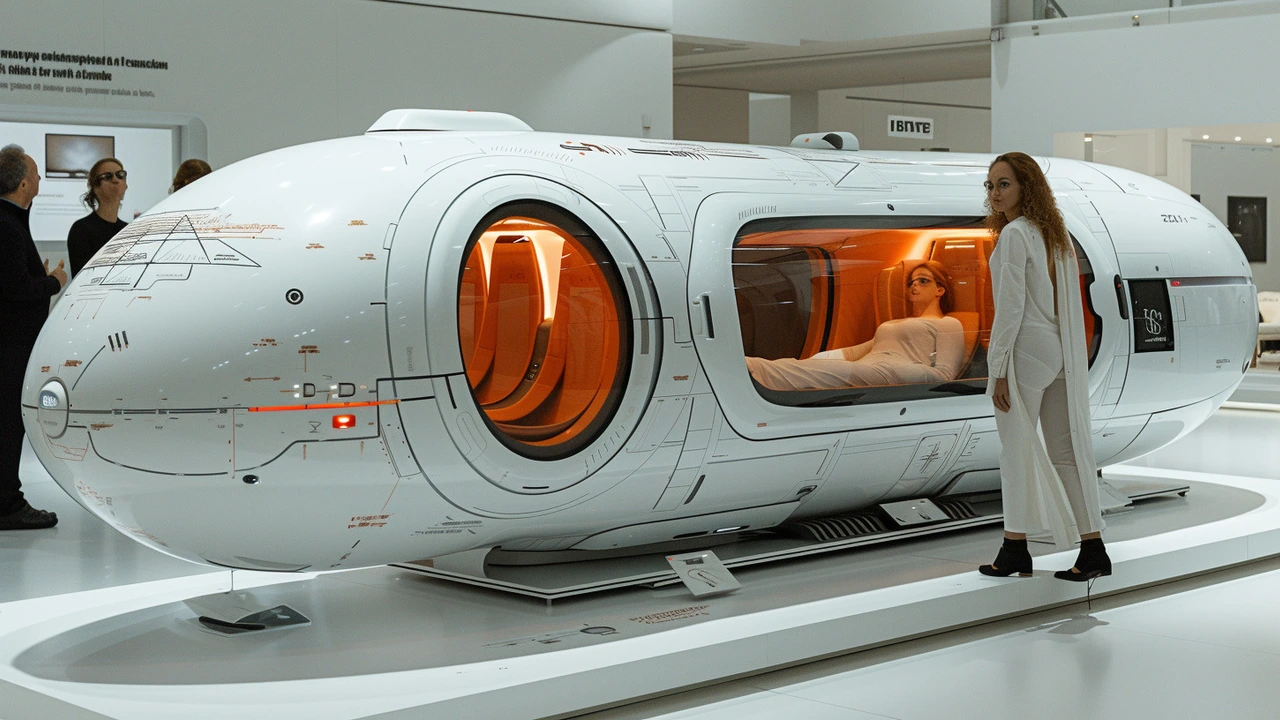
High-Tech Architecture: The Game Changer in Modern Design
Well, well, well! If you've been snoozing on the world of architecture, it's time to wake up and smell the concrete! High-tech architecture is flipping the script on modern design. It's like a superhero, swooping in with futuristic materials, innovative techniques, and digital wizardry to transform the way we build. And trust me, this isn't your grandpa's architecture - we're talking glass, steel and intelligent systems that make your home smarter than a fifth grader. So, buckle up, folks! The future of design is here, and it's as high-tech as a rocket to Mars!
Read more
High-Tech Architecture: The New Age of Construction
Oh, honey! High-tech architecture is truly ushering us into a new construction era. It's like the Jetsons meet Bob the Builder, but in real life! Can we talk about how it's blending technology and design into a beautiful cosmic ballet? It's not just about creating buildings, it's about creating smart, sustainable, and sassy masterpieces! So, buckle up, darlings, we're on a techno rollercoaster to the future of construction!
Read more
Creating Tomorrow: The Impact of High-Tech Architecture
In my latest deep dive into the world of architecture, I've been exploring the fascinating realm of high-tech architecture. Picture this: buildings that look like they've been beamed down from the future, with all the bells and whistles of modern technology! It's a real game-changer, folks. This futuristic design philosophy is not only redefining our skylines but also has a profound impact on how we live, work and play. So, buckle up as we navigate this space-age architectural revolution - it's like the Jetsons, but even they didn't have a smart toaster that can predict when you want toast!
Read more